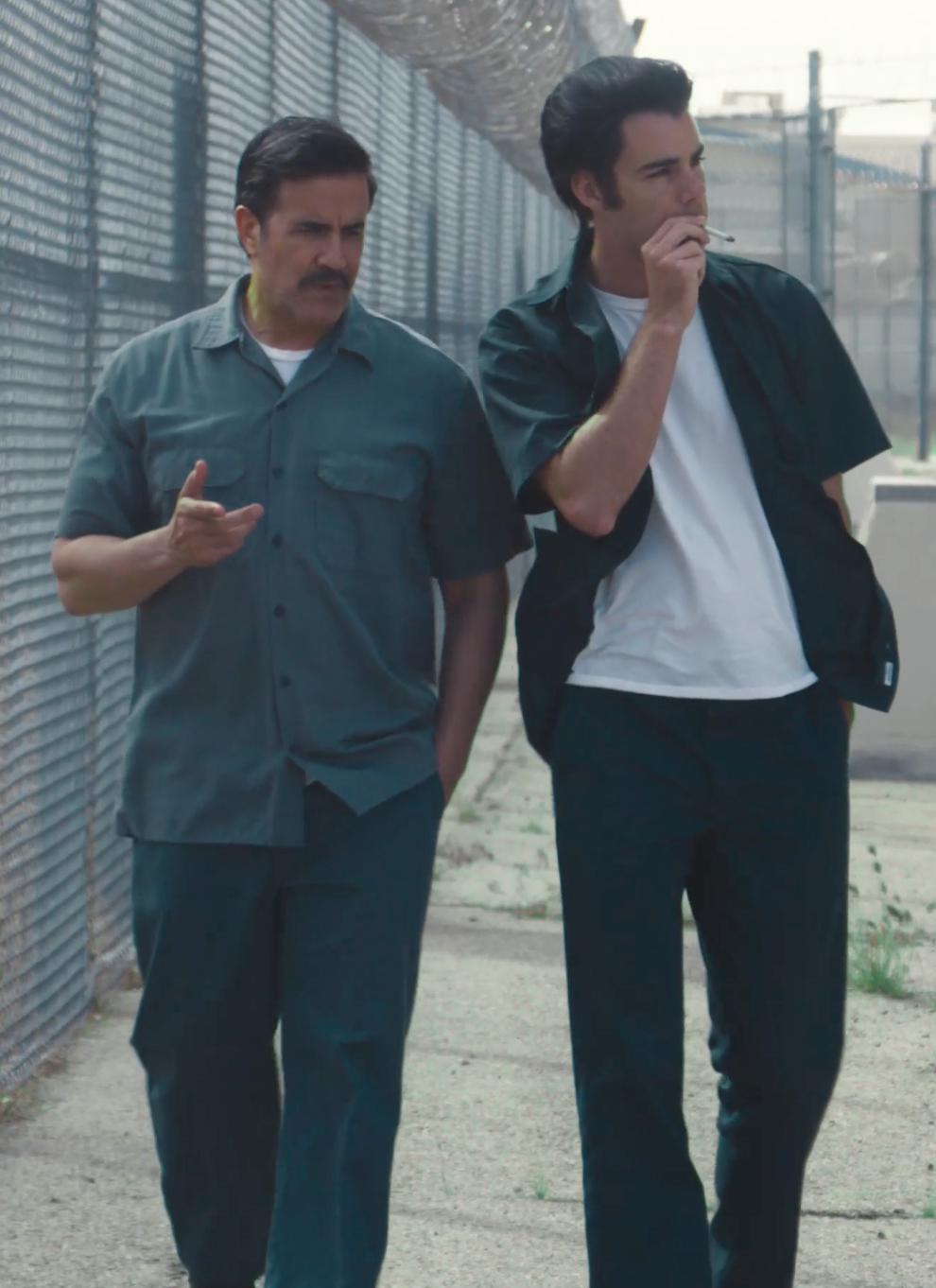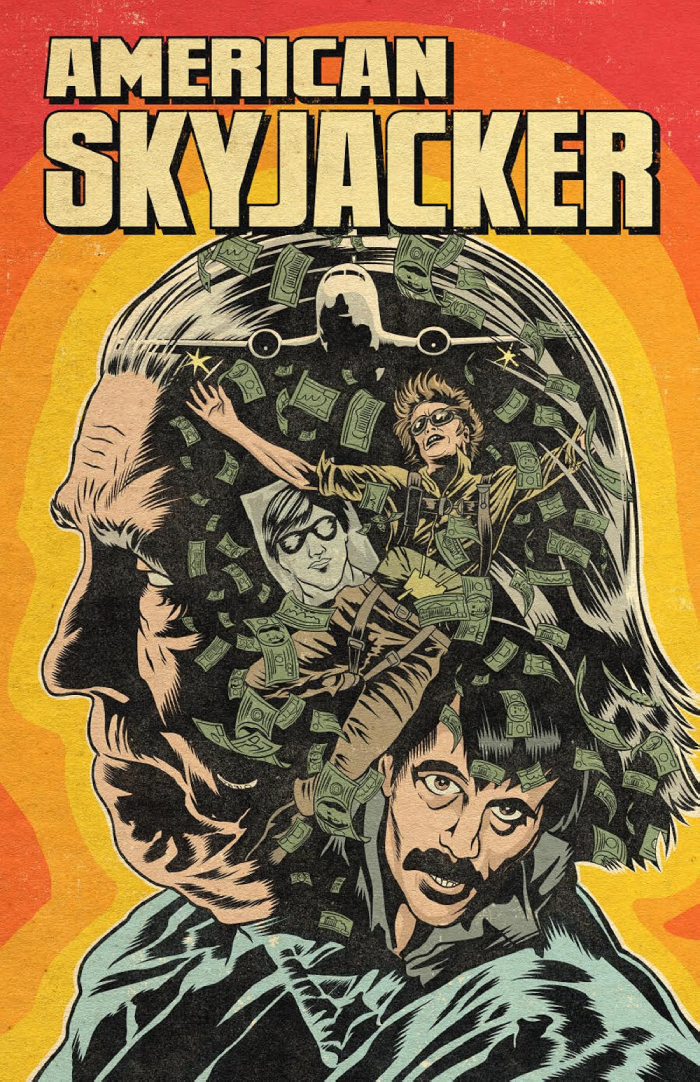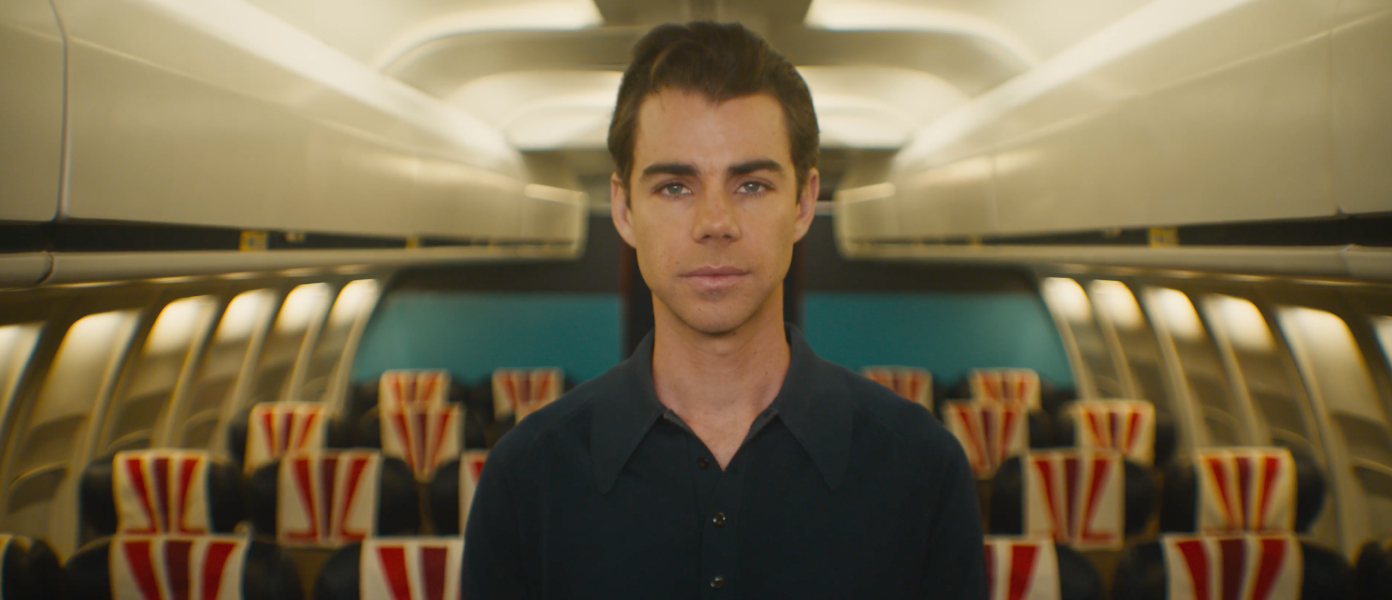![]()
Martin McNally hijacked an American Airlines plane in 1972, emulating DB Cooper, sparking a 5-day nationwide manhunt and wild true crime saga.
This documentary opens with a nice overview of commercial aviation in the United States, starting with airlines carrying mail for the Postal Service in 1918. Following World War II, a surplus of airplanes and pilots catered to an emerging and growing traveling public. The introduction of jet planes soon followed, and was enthusiastically received by Americans keen to indulge in the combination of freedom and civility. Unfortunately, the compact relied on an honor system that has been repeatedly violated.
The first incident of air piracy occurred in 1930 in Peru, the frequency of which has ebbed and flowed over the decades. Interestingly, hijackers typically exhibit one of two motivations: politics or money. In the case of D. B. Cooper, he falls into the latter category and eventually obtained $200,000 plus parachutes before disappearing forever somewhere over the skies of Washington State after bailing out of the rear of a commercial jetliner.
This leads viewers to the story of Martin McNally, a Catholic school dropout who joined the Navy in 1961. While in the military, he was attached to an airborne squadron as an electrician. Serving overseas presented McNally with the opportunity to get away from his parents and chart his own path. After his discharge in 1964, McNally turned down an offer from his father to work in the family’s shoe store. Instead, he loafed around for a while until finally deciding to engage in a series of petty armed robberies.
 When McNally was 27, he says that the D.B. Cooper case in 1971 changed his life. The practice of hijacking commercial airplanes was still in relative infancy, but lax security measures encouraged potential criminals. For example, at the time, only two airlines used magnetometers to detect metal carried by passengers, and even those companies ignored the machine’s images showing potential weapons. McNally ultimately chose the St. Louis airport because of its minimal security measures. In preparation for his heist, he studied how to parachute safely, including performing calculations of terminal velocity to help him escape a jet plane in flight.
When McNally was 27, he says that the D.B. Cooper case in 1971 changed his life. The practice of hijacking commercial airplanes was still in relative infancy, but lax security measures encouraged potential criminals. For example, at the time, only two airlines used magnetometers to detect metal carried by passengers, and even those companies ignored the machine’s images showing potential weapons. McNally ultimately chose the St. Louis airport because of its minimal security measures. In preparation for his heist, he studied how to parachute safely, including performing calculations of terminal velocity to help him escape a jet plane in flight.
McNally’s first-person accounts vividly recall how he executed his plans. When the plane landed back in St. Louis, McNally affirmed his ransom demands and released the women and children to limit the number of hostages that had to be managed. One of the male passengers was sent out to collect half a million dollars and several parachutes, after which the rest of the men were let off the plane. McNally directed the pilots to fly the aircraft to Toronto, though he had no intention of going that far.
All the while this occurred, news reports relayed events in real time. Surprisingly, an inebriated customer in the St. Louis airport bar hears about the hijacking, gets angry, and decides to take matters into his own hands. He goes to his car, crashes it through an airport gate, and then rams into the airliner as it prepares to take off. As a result, McNally is forced to demand another plane. While in the air, the depiction of McNally’s exit from the plane down the rear steps and parachuting into the night sky is harrowing.
McNally makes a hard landing in Indiana and hitchhikes to a motel, but only after losing his leather bag of money. At that point, authorities were not sure if he was alive or dead. He holed up in the motel for two days, making phone calls to his accomplices to facilitate an escape. Later, a farmer finds McNally’s ransom cash and contacts the FBI. During this time, one of McNally’s accomplices, Walter Petlikowski, reluctantly agrees to pick him up. Simultaneously, another accomplice, Jim Petty, starts talking to the FBI, enabling the bureau to put the pieces together. McNally is arrested and receives two life sentences in Leavenworth, the most violent federal prison in the country.
In prison, McNally meets Garrett Trapnell, a repeat offender – including for skyjacking – who is also sentenced to a life term. Later, both McNally and Trapnell are transferred to Marion Prison, the first Supermax prison in the U.S. While there, Eliot Asinof writes a book about Trapnell’s exploits, which sells well and attracts the attention of Barbara Oswald, probably best described as a groupie. Oswald visits Trapnell in Marion frequently and, together with McNally, hatches a plan to escape. Though things go awry, it doesn’t prevent McNally and Trapnell from hatching new plans with little success. Finally, after 37 years, McNally was released on parole.
Directed and produced by Eli Kooris and Joshua Shaffer, “American Skyjacker” relates a gripping tale of opportunism and larceny. The documentary does a nice job recreating events, using archival footage, and conducting interviews with witnesses to present a coherent retelling that includes actual television news reports by legendary anchorman Walter Cronkite. The fascinating, ongoing scheming of McNally and Trapnell makes for compelling viewing.
Now playing in Select Theaters and available on Digital November 17th


Love movies